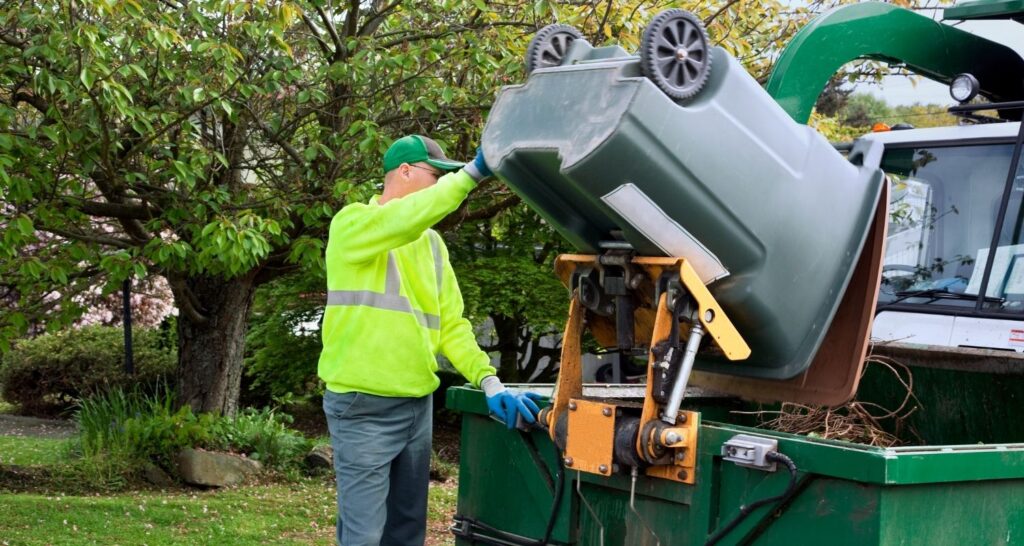What Is Solid Waste?
Solid waste is a term that refers to a variety of waste materials that are discarded as unwanted and useless as a result of animal and human activity. Solid waste is generated in a given area by industrial, residential, and commercial activities and may be disposed of in various ways. As such, landfills are typically divided into sanitary, municipal, construction and demolition, and industrial waste sites.
Waste is classified according to its composition, including plastic, paper, glass, metal, and organic waste. Additionally, wastes may be classified according to their hazard potential, such as radioactive, flammable, infectious, toxic, or non-toxic wastes. Additionally, classifications may be made according to the source of the waste, industrial, domestic, commercial, institutional, or construction and demolition.
Solid waste must be managed consistently to ensure environmental best practices regardless of its origin, composition, or potential for hazard. Due to the critical nature of solid waste management, environmental hygiene must be incorporated into environmental planning.
What Is Solid Waste Management and Why Is It Necessary?
Solid waste management is defined as the discipline concerned with controlling the generation, storage, collection, transportation or transfer, processing. Disposal of solid waste materials in the most environmentally friendly manner possible, considering a variety of public health, conservation, economic, aesthetic, and engineering considerations.
Solid waste management is a broad term that encompasses planning, administrative, financial, engineering, and legal functions. Complex inter-disciplinary relationships between fields such as public health, urban and regional planning, political science, geography, sociology, economics, communication and conservation, demography, engineering, and material sciences may be required to develop solutions.
Residential and industrial producers, urban and rural areas, and developed and developing nations have unique solid waste management practices. Local government authorities are responsible for the management of non-hazardous waste in metropolitan areas. On the other hand, hazardous waste materials are typically managed by those who generate them according to local, national, and even international authorities.
Waste Management Objectives
 The primary objective of solid waste management is to minimize and eliminate the harmful effects of waste materials on human health and the environment to promote economic development and a high standard of living. This must be accomplished in the most efficient manner possible to keep costs low and waste from accumulating.
The primary objective of solid waste management is to minimize and eliminate the harmful effects of waste materials on human health and the environment to promote economic development and a high standard of living. This must be accomplished in the most efficient manner possible to keep costs low and waste from accumulating.
Six Essential Components of a Waste Management System
The waste management system is composed of six functional components, as follows:
- Production of waste: This term refers to any activity that identifies no longer useful materials and is either collected for systematic disposal or discarded.
- Handling, storage, and processing on-site: This relates to activities occurring at the point of a waste generation that makes collection easier. For instance, waste bins are placed at locations that generate an adequate amount of waste.
- Collecting waste: This critical phase of waste management entails the placement of waste collection bins, the collection of waste from those bins, and the accumulation of trash in the area where collection vehicles are emptied. Although transportation is involved in the collection phase, it is typically not the primary mode of waste transportation.
- Transfer and transportation of waste: These are the activities involved in transporting waste in large waste transport vehicles from local waste collection locations to regional waste disposal sites.
- Treatment and recovery of waste: This term refers to the facilities, equipment, and techniques used to recover reusable or recyclable materials from waste streams and to enhance the efficacy of other waste management functional elements.
- Disposal: This is the concluding stage of waste management, and it is the systematic disposal of waste materials in locations such as landfills or waste-to-energy facilities.



